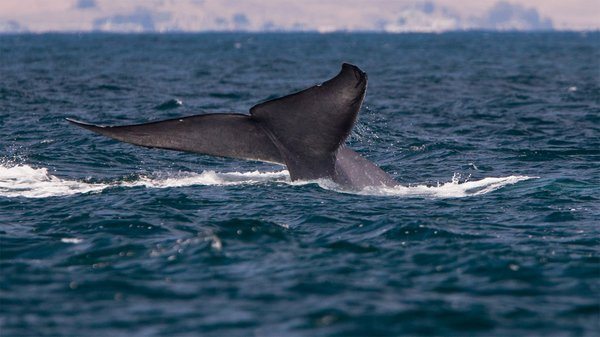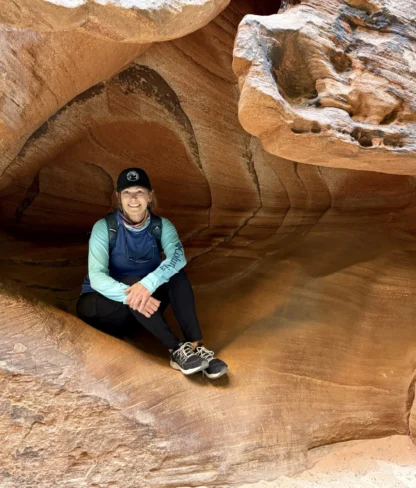Did You Know? Whales Can Barrel Roll!
Read on while Erin Biba describes to you all about the magic and majesty of whales…
“I had absolutely no idea how amazing whales were. That changed this February at the American Association for the Advancement of Science Annual Meeting when I watched a panel of scientists spend three hours detailing the latest research surrounding our most basic understanding of whales. It was anything but boring. It turns out we know very little about the biggest animals on the planet. Folks like Marine Biologist Ari Friedlaender, who I recently profiled for my series on field scientists, have dedicated their lives to understanding them better. But, for now, here’s a look at the latest in our understanding of what makes whales so amazing.”

Despite their enormous size, whales are incredibly fast-moving and agile. They lunge at Krill patches at a speed of about 16-feet per second. Blue whales have been observed doing 360-degree barrel rolls into dense krill patches from 1,100 feet underwater all the way to the surface in order to maximize foraging.

Scientists don’t really know why whales feed on such tiny prey. The hypothesis is that it’s more energy efficient to eat in bulk then it is to target a single animal. That hypothesis also explains in some ways why whales have managed to grow so large. The so-called evolutionary pathway to gigantism is the way in which they feed–by lunging at large patches of food. The bigger they get, however, the fewer dives they can pull off with every feed. They’re extremely energy efficient, but as they grow bigger and bigger they won’t be able to lunge as often. Their efficiency has a high energy cost because of the drag created by their enormous open mouths.
Studying whales is essential for understanding evolution. They are one of many animals that successfully transitioned from land to sea — it’s an evolutionary step that happened regularly. While they’re not the only fossil record of that transition, they’re by far the best. So, if we want to understand how evolution can take a legged animal and send them permanently into the ocean we have to study whales.

Baleen whales, which have enormous toothbrush bristle-like filters inside their mouths instead of teeth still maintain a bit of their evolutionary history. They still grow teeth like their ancestors did, but the teeth only survive in the womb and are absorbed before birth.
Whales communicate by calling (dolphins whistle). Background noise in the ocean is starting to get so loud that they’re basically starting to yell. Blue whale calls go up about 3 decibels every decade (they communicate at low frequencies). Areas around large ports have a 70% loss of communication distance. Scientists know this because during the recession there was a 15% decrease in shipping off the coast of California and in just 1.5 years the ocean level noise dropped 5 decibels. Also, when shipping shut down for a few days after 9/11, scientists observed a significant decrease in the stress levels of whales in port areas.
Scientists think some whales have a sensory organ in their chin. They discovered it after using an industrial forestry CT scanner to look at a whale skull.
And as a bonus, some bummer facts about human-whale interactions through history:
Most whale fat gathered in the 20th century was used to make margarine. The leftovers went into protein supplements.
Legal whaling is basically extinct. The world’s last legal whaling station is in Iceland and is highly regulated by the government. It’s located at Hvalfjörður and visited regularly by biologists because it’s a decent place for them to get a look at whale skeletons close-up. However, there are thousands of whale strandings (the sciencey term for “beached whale”) around the world every year that offer good opportunities for research as well.
The relationship between scientists and whalers isn’t anything new. For decades biologists were dependant on the whaling industry for their research. Early whale researchers spent their entire careers on whale ships–measuring skeletons, investigating organs, looking in stomachs, and seeing the whales close-up in the water.
Despite their massive size, blue whale skeletons are extremely difficult to find. Humans have killed hundred of thousands of them over the years and very few skeletons ended up in museums.
By Erin Biba, Tested,


